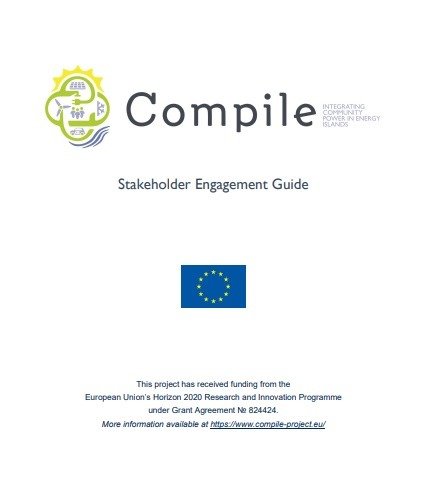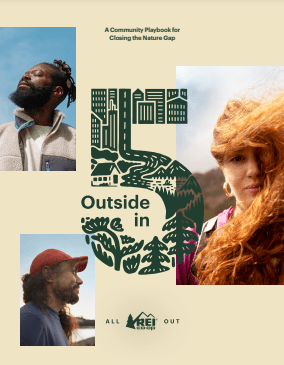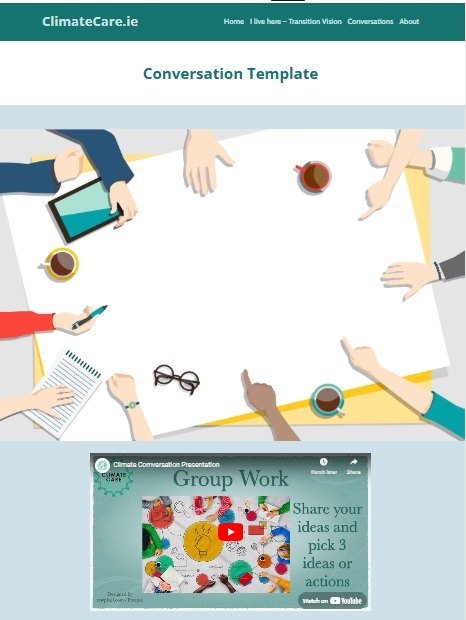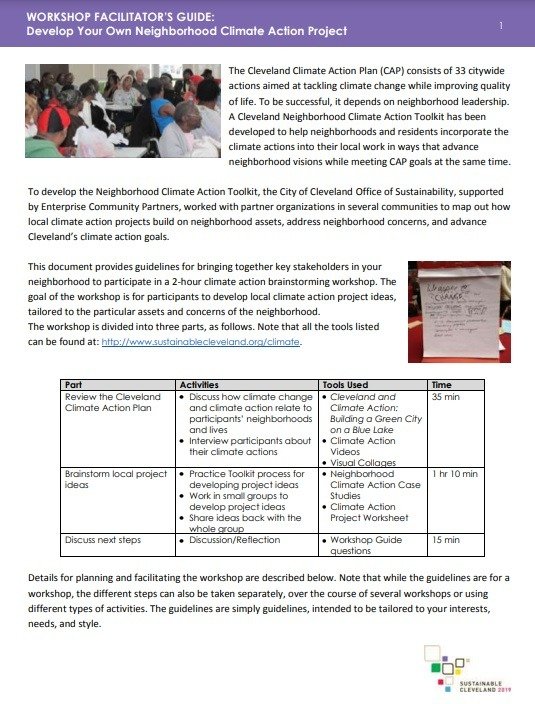Engagement and Dialogue General Resources

Below you can find all our engagement and dialogue resources. There is a summary of the resources as well as keywords for each.
Where the text is redjust like this below, hover your mouse over it to see a definition of the word or phrase
Resource
Summary

This discusses renewable energy cooperatives (REScoops) and the part they play in how energy is owned and made more fair and open to all. REScoops are organizations of citizens who invest in renewable energy projects, giving them a say in how their energy is produced and consumed.

This is a guidebook for renewable energy cooperatives (groups where people work together on clean energy projects). It explains:
1. How to involve and work with stakeholderspeople who your work will involve, effect, and work with (like members, local communities, and partners).
2. First steps to start a renewable energy co-op.
3. Tools and tips to get more people involved in the project.
In short, it helps energy co-ops get organized, engage their community, and grow.

A guide about dealing with and talking to stakeholderspeople who your work will involve, effect, and work with in energy communities. It talks about governance (rules for running the group) , avoiding and planning for risks, and plans that can make local people in neighborhoods more excited about how to be involved.
Who is this for? People or organizations who want to get their ideas about sustaainability across in energy communities.

A very deep look at developing and managing of energy communities. It comes from the H2020 COMPILE project. It highlights different cooperative examples for energy communities. It is particularly interested in renewable energy and energy efficiencyways of saving energy, or using less energy. The guide includes case studiesa look at an example of how something happened or was done that others can learn from from Europe, which show stories of energy cooperatives that have been successful in achieving sustainability projects.

This playbook Add a Tooltip Text, or guide, from REI gives communities a roadmap (a plan) for increasing access for people to the outdoors and engagement to address the nature gapAdd a Tooltip Text, making sure people of all backgrounds can connect with nature and enjoy what it can give us. It points out the most important approaches and actions that you can take at the local level to change communities and bring about new connections between people and nature.

This is an Irish based website bringing a large number of resources together which help groups build communciation around climate change. Tools include a ‘Conversation templatean example you can copy and change to fit your needs. It saves time so you don’t have to start from zero and an ‘Introduction to Climate Change’ as well as tools you can use on Food Systems, Biodiversity, Water, Waste, Energy, Transport and how to design a local ‘Climate Action Plan’.
A guide designed to help residents and neighbourhood groups in Cleveland Ohio USA take positive climate actions. It explains the Cleveland Climate Action Plan, encouraging local engagement and project development. The toolkit looks at using neighbourhood strengths and being aware of local concerns. It explains how to match your climate action plans with other community goals. It is a practical resource for community development organisations and individual people, guiding them in to make strong climate action projects that suit each different neighbourhood. This approach shows how important community involvement and sustainable actions are in meeting climate challenges at the level of the neighbourhood.

This presentation offers an introduction to climate change science and its effects on Cleveland and Northeast Ohio. It explains the difference between weather and climate, the causes of climate change, and how it is impacting the region. It also highlights the Cleveland Climate Action Plan and how communities are working to mitigate and adapt to climate change. It is relevant to Irish audiences as an example of a well communicated Climate Action Plan presentation.

This document is a guide to how to choose what to eat in a way that doesn’t hurt the environment. It talks about how food effects the environment and makes suggestions about how you can reduce your carbon footprintthis is a measure of how much carbon dioxide each of us make - we need to reduce this to help stop global heating through changing what you eat. The guide shows that the whole life cycle of food. This is from how it is made, to how it is disposed of as waste. It also talks about how eating local, seasonal, and whole foods is good for us and the environment. And it talks about how eating less meat and dairy foods can help too. The guide also shows you how you can find local farmers’ markets, sustainable seafood guides, and information on preserving food.

This document shows you how to bring the most important stakeholders together. It takes the example of neighborhoods in Cleveland, Ohio, USA, taking part in a 2-hour climate action ‘brainstorming workshop’Add a Tooltip Text. The goal of the workshop was for people to come up with local climate action project ideas. These would be best suited to the neighborhood: what they had that made them special, and how the people in the neighbourhood thought about things. The workshop is in three parts:
- Look at and talk about the City Council’s Climate Action Plan,
- Brainstorm local project ideas,
- Talk about next steps.
The guide gives an excellent example for how to run any community sustainability planning meeting. This includes in both rural or urban Ireland communities.

A guide for a ‘facilitator’Add a Tooltip Textincluding practical exercises, advice, and tools to help someone run a workshop. This looks at how islands can get involved in moving to renewable energy. But it is suitable for most communties.

The guide helps you make sure that everyone who your sustainability work effects is listened to, no matter who they are. It is put together by a large numer of groups and organisations in Ireland. It shows how it is very important to respenct and include everyone. It gives practical advice about how to bring marginalized groups or people into the way decisions are made. The guide shows important principles and steps to communicate. It shows how yuo can increase participation and make sure that everyone is heard. It includes case studies and practical advice. It is very useful for organizations hoping to increase inclusive local development.

